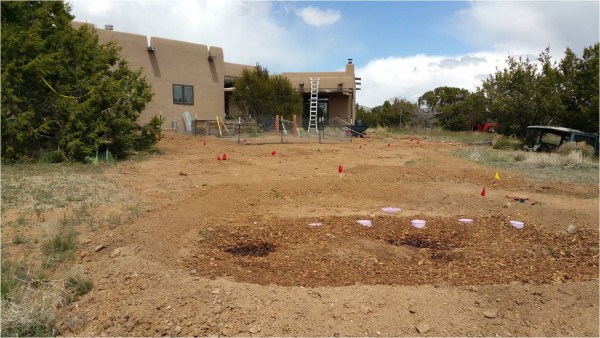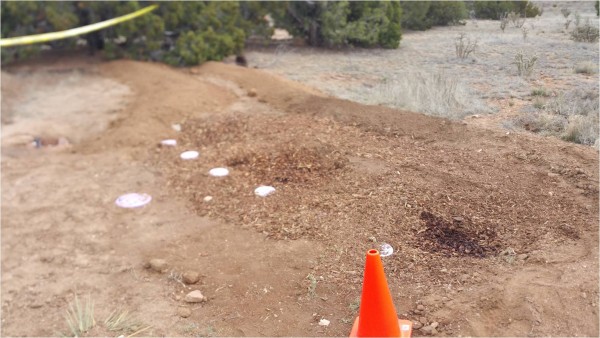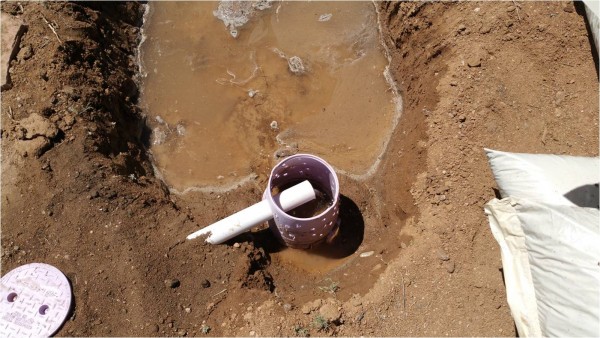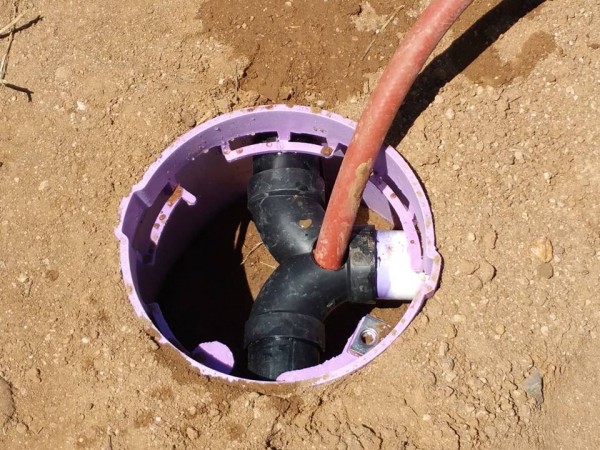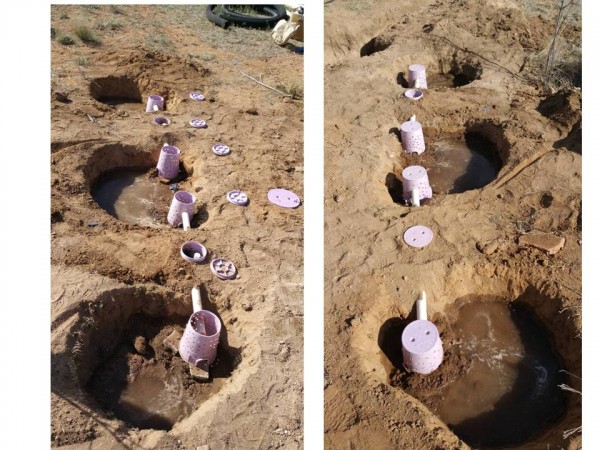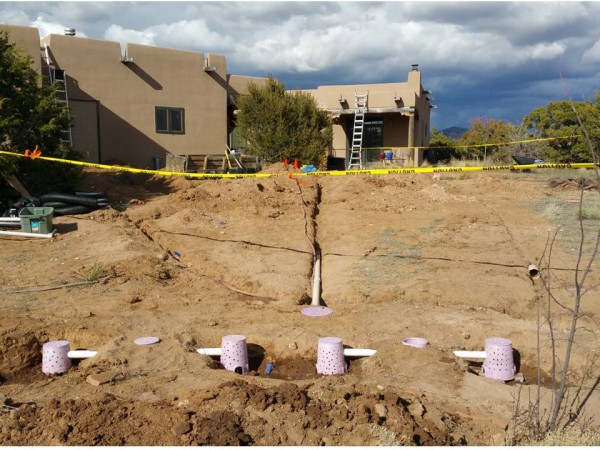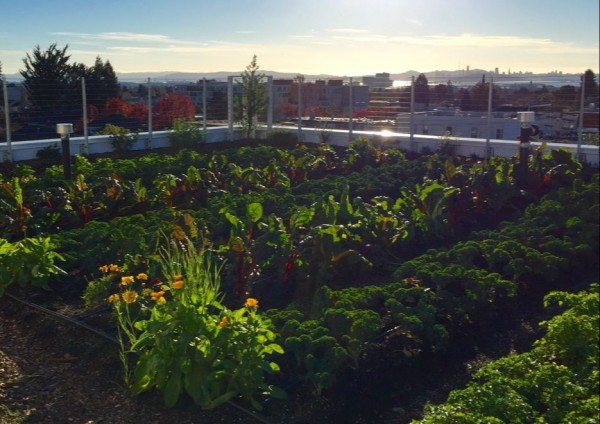The PermaDesign Weblog, with Nate Downey and Melissa McDonald!
Archives from March 2017
SLIDE 40: To Review
To review, the purple lines indicate greywater pipes. Soon we will be looking at the blue arrows at the top of the screen, but now let's focus on the green plants forming an essential part of the windbreak that we are creating for the veggie garden, the fire-pit patio, the horno, the fruit-tree guilds, the undulating walkways, and the herb spiral. This greywater distribution system is critical to ensuring that the rest of the landscape performs at its fullest potential.
03/31/2017 | (0) Comments
SLIDE 39: Mulch
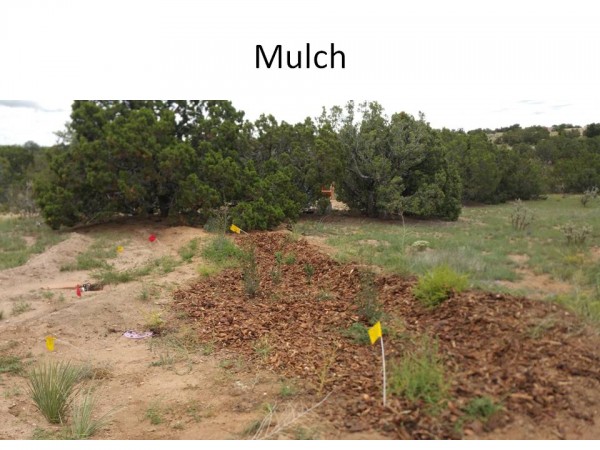
Finally…we get to the mulch. This is essential. It’s the sponge that absorbs the greywater, and it also acts as a biofilter. That is, it not only separates the useful water from the not yet useful particulate that might be present. After this separation, particulate can be brokendown by mycelium, bacteria, insects, etc. and be a source for all forms of life up and down (mostly down) the food chain. The mulched basin at the end of a well designed greywater system also prevents standing water as it simultaneously feeds the plant material in planted along the basin. (Stay tuned to the webblog for after pictures).
03/29/2017 | (0) Comments
Charlee Myers
Great to see Charlee Myers in The Toas News recently promoting rainwater harvesting. I’ve known Charlee a long time, and he is a great guy. We both have chapters in the American Rainwater Catchment System’s new manual, “Rainwater Harvesting.” His chapter is about harvesting precipitation in extreme conditions such as the cold winters we can sometimes get in northern New Mexico. My contributions to the manual include chapter 3 ‘Passive Rainwater Harvesting’ and chapter 19 ‘The Business of Rainwater Harvesting.’ Check out arcsa.com to buy the peer-reviewed textbook.
03/27/2017 | (0) Comments
SLIDE 38: Deflecting Stormwater
You never want significant runoff to enter a mulched basin. That’s why your keen eye might be able to see a berm above the line of outlet chambers. This deflects stormwater to some nearby on-contour swales, but it prevents the greywater from escaping the mulched basin in a large rain event.
03/27/2017 | (0) Comments
SLIDE 37: Mix and Mulch
After compost is mixed into the caliche, shredded bark is used to cover the amended soil, and the mulched basin is almost complete.
03/25/2017 | (0) Comments
SLIDE 36: Raised Outlet
Here Here’s a top view of the outlet chamber. Note how high the outlet pipe is. If any small animals squeeze into the chamber, they will still have difficulty getting up into the pipe. At the right, you will see the all-important ingredient to any mulched basin—compost. This allows the greywater to be broken down and the native “soil” (aka caliche) to accept all that wonderful, live-producing moisture.
03/23/2017 | (0) Comments
SLIDE 35: Flow Splitter Access
Each flow splitter has an inspection/clean-out port that can be removed for (you got it!) inspection and cleaning. Debris can get stuck at this juncture, so it is very important to have access to this part of the system. Here, we were using the port to quickly test the system. In particular, we wanted to ensure that the two other flow splitters were sending 50% of the water they receive in each intended direction.
03/21/2017 | (0) Comments
SLIDE 34: Outlet Chambers
Here are two photos of the four outlet chambers and two chambers that protect the branched drains (flow splitters). On the left, all lids are off, so we can see that approximately the same amount of water is flowing out of each outlet. On the right, all of the lids have been put on except for one of the lids that will be placed on top of one of the flow splitters.
03/19/2017 | (0) Comments
SLIDE 33: A Mulched Basin
Here’s a photo of the greywater system when it’s almost complete. Note the small holes drilled in the sides of the chambers. These prevent varmints from entering your bathroom, while they allow your greywater to grow your plants. In this case, we will be growing a windbreak against the prevailing SW winds in the community of Eldorado in Santa Fe County—where the winds are ferocious, especially in spring. In this case, the windbreak will protect the veggie garden, the fruit tree guilds, an herb spiral, an horno, and a couple of dining and seating areas.
03/17/2017 | (0) Comments
Top Leaf Farms
Top Leaf Farms is a very interesting California company that specializes in residential and commercial living roofs. They can design, build, and even manage rooftop systems that serve local communities. The systems can range in size from 250 – 50,000 square feet. Top Leaf Farms also offers internships and training in Urban Agriculture Production.
03/15/2017 | (0) Comments


